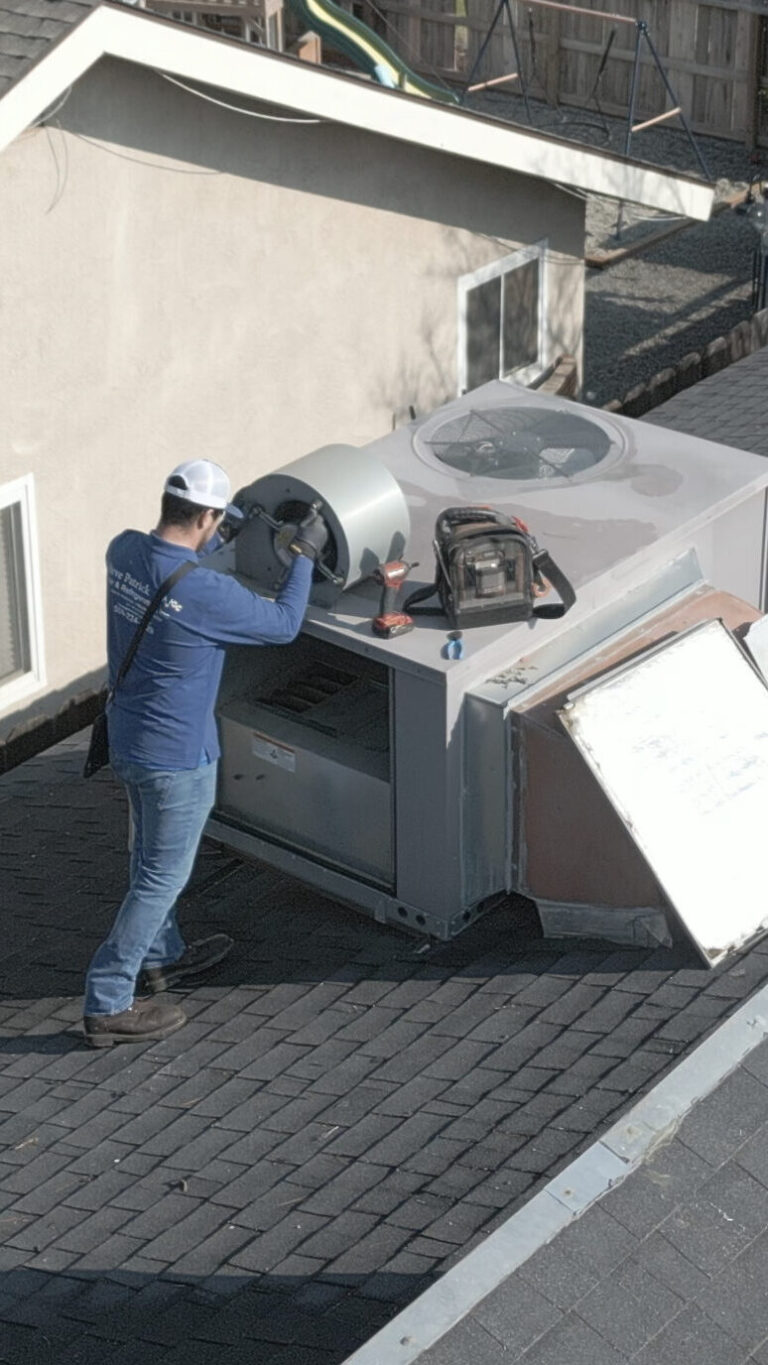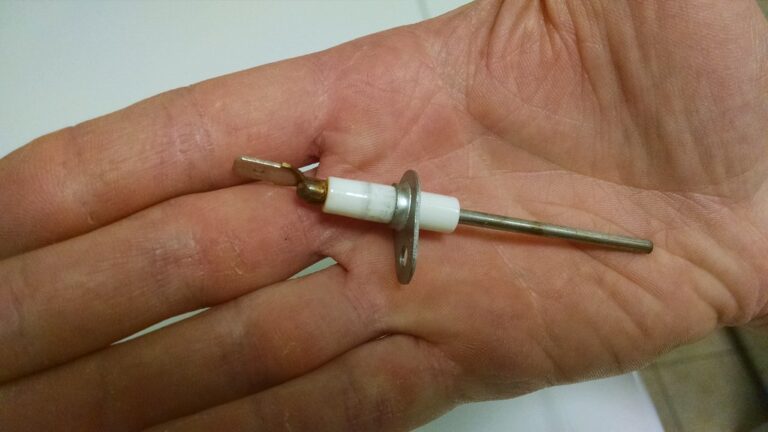Home renovation projects can be an exciting and daunting experience for homeowners. As much as it is about improving the appearance of your living space, it is equally important to consider efficiency and comfort when making alterations to your home. One of the most crucial factors to consider during a renovation is how you will heat and cool your new addition. With several options available in the market, choosing the right system can be overwhelming. In this blog post, we will look at some of the options you have for heating and cooling your new addition.
Duct Extension from The Central Heating And Cooling System
If you have an existing central heating and cooling system, extending your ductwork to the new addition might be the most practical solution. This will allow you to regulate the temperature in your entire home with one system. However, it is critical to ensure that your current system can handle the extra space. Your local HVAC contractor can help you determine if extending the ductwork is feasible and within your budget.
Ductless Mini Splits
Ductless mini-splits are an option worth considering when you are adding additional rooms to your home. They are a perfect solution for those who need to add extra heating and cooling without extending the central HVAC system. Ductless mini-splits have two primary components: an outdoor compressor and an indoor air-handling unit. These units are ideal for zone control heating and cooling, increasing energy efficiency, and making temperature control more responsive.
Radiant Flooring
Radiant flooring is becoming a popular option for many homeowners during remodeling projects. It is a heating system installed beneath the floor, which warms the elements above it. The system uses tubing to pump hot water beneath the flooring, which then heats the entire space. Radiant flooring is an energy-efficient way of heating your home and provides a comfortable and cozy atmosphere. Although it is costlier to install than traditional heating and cooling systems, it is a long-term investment that saves homeowners money on utility bills.
Mini Duct Systems
For those who have limited space for ductwork, mini-duct systems might be the best option. These systems use small ducts that can fit between wall cavities and even have outlets as tiny as 2 inches. The system is flexible and requires less space to install, making it ideal for small additions. Mini-duct systems use a blower that controls the level of heating and cooling and is perfect for zone heating and cooling.
Window Air Conditioning Unit
If you are looking for a quick and cheap way of heating and cooling your new addition, window air conditioners can be an option. These units are easy to install and operate, but they are not ideal for those who value aesthetics. They are noisy and obstruct the window view, which can be a drawback for some. A window air conditioning unit is best suited for temporary use or in rooms where aesthetics are not a priority.
Homeowners have several options when it comes to heating and cooling their new addition. It is crucial to choose a system that best suits your needs, space availability, energy efficiency, and budget. Consulting a local HVAC contractor can help you make an informed decision that will guarantee comfort and efficiency for years. Whatever you choose, make sure to factor in the long-term value and durability of your investment.
Follow us on Facebook!
Learn about financing here!






